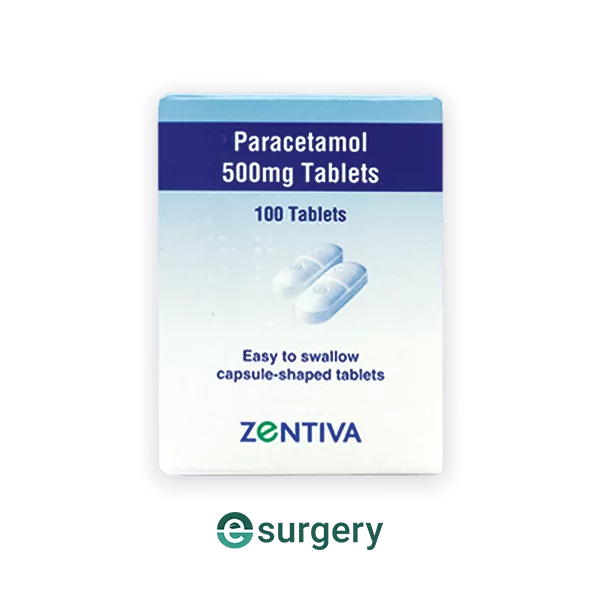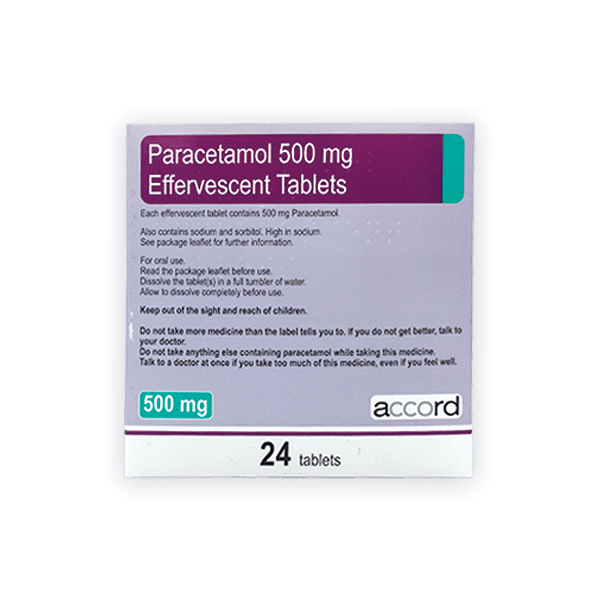
What is Rheumatoid arthritis?
Rheumatoid arthritis (RA) is a chronic inflammatory autoimmune disease that affects joints. It is the most common type of arthritis, affecting about 1% of the population in the UK. [1]
RA can cause pain, stiffness, and swelling in any joint but typically affects the hands, wrist, and feet.
RA also can affect other organs in the body. There is no one-size-fits-all treatment for RA; treatment depends on the severity of symptoms and how well the person responds to treatment. Rheumatoid arthritis can also affect other organs in the body, such as:
- Lungs
- Heart
- Eyes
Symptoms
Joint pain and swelling are two of the most common symptoms that people with rheumatoid arthritis experience. The condition may also cause inflammation in other parts of the body. [2]

The symptoms of rheumatoid arthritis can develop gradually over several weeks or might progress quickly in some days. RA symptoms vary from person to person but might include:
- Joint pain and stiffness that worsens over time
- Fatigue
- Weight Loss
- Sweating
- High Temperature
- Loss of Appetite
- Dry eyes (if the eyes are affected)
- Chest pain (if the heart or lungs are affected)
In some cases, people with RA can have symptoms that come and go. Symptoms might flare for a few days or weeks, then ease up before flaring up again. [3]Doctors diagnose rheumatoid arthritis when a person has these symptoms, and several diagnostic criteria are met, including one or more swollen or tender joints. Rheumatoid arthritis is often diagnosed in people between 30 and 60 years old. However, it can develop at any age. It is far more common in women than men, with about three times as many women diagnosed with RA. [4]
Causes
The exact cause of rheumatoid arthritis is still not well understood. [5]
RA develops when the immune system malfunctions and attacks the synovium, which is the membrane that lines the joints.
This causes an inflammatory response that gradually damages the cartilage, bone, ligaments, and tendons around the joints, leading to pain and stiffness.
RA is not contagious, and it’s not clear why some people get this disease while others don’t. Some factors that may increase your likelihood of developing rheumatoid arthritis include:
- Gender – women are three times more likely to develop RA than men
- Age – RA can develop at any age, but it most commonly occurs between 30 and 60 years of age
- Genetics – people who have a parent or sibling with the disease are more likely to develop RA
- Smoking – smokers have an increased risk of developing RA
- Having another autoimmune disease
Autoimmune diseases happen when the body’s immune system fails to recognize its own cells and tissues, causing it to attack its own organs or joints. Other factors that may increase a person’s risk of developing rheumatoid arthritis include:
- Infection – any infection from an untreated strep throat or periodontal disease to tuberculosis, Lyme disease, or osteomyelitis
- Physical injury – car accidents can cause physical trauma that triggers rheumatoid arthritis
Diagnosis
Doctors diagnose rheumatoid arthritis after getting a medical history and doing a physical exam. During the physical exam, your doctor will look for signs of inflammation, such as redness or warmth in your joints.

Blood tests can help diagnose rheumatoid arthritis and rule out other diseases. A test that uses sound waves to measure joint movement may also be done. Doctors might also take a synovial fluid sample by inserting a needle into your joint. This fluid in the joint is usually cloudy in people with rheumatoid arthritis, but it might be clear in other diseases.
Treatment
The goal of treatment is to reduce pain and inflammation, treat any other conditions that may occur, and slow down or stop damage to the joints. Treatment depends on how bad the condition is and whether it affects other organs in the body.
RA is a chronic disease, so treatment generally involves long-term management.
In some cases, you might need to stay in the hospital if you have severe symptoms or if your condition involves other parts of the body.
There are many treatment options available, including medications and surgery. Some people may need more than one type of treatment to help manage the condition, if taking paracetamol and naproxen together make sure to be aware of any possible interactions.
The most common medications for RA are corticosteroids, non-steroidal anti-inflammatory drugs (NSAIDs), disease-modifying anti-rheumatic drugs (DMARDs), and biologic medications. [7]Rheumatoid Arthritis is a life-long condition, so managing the symptoms of RA will be an ongoing process for many people. Therefore, some pain relief medications are available online at our online pharmacy:
Both medicines are anti-inflammatory drugs that help relieve pain. Talk to your doctor before starting any new medications.
Living with Rheumatoid Arthritis
Living with rheumatoid arthritis can be a challenge, but there are things you can do to help manage the condition.
People with RA should also see their doctor regularly to monitor the condition and address any problems as soon as they arise.
RA can be a source of emotional distress. Support groups and talking with other people who have rheumatoid arthritis may help many people cope with their condition.
Self-care is essential for people with RA. Some things you can do to help manage the condition include:
- Wearing loose clothing that doesn’t put pressure on your joints
- Taking a hot bath or using a heating pad to help relieve pain and stiffness
- Exercising regularly – but start slowly and gradually increase the intensity and duration of your workouts
- Eating a healthy diet – make sure you include plenty of fruits, vegetables, and whole grains
- Managing stress – yoga, meditation, and other relaxation techniques can be helpful
- Exercise is important for everyone, whether suffering from RA or not. Start with gentle stretching and range-of-motion exercises, and then build up with aerobic exercises like walking, swimming, or biking.
- If you have a flare-up of your condition, consider reducing or stopping your physical activity
- Living with rheumatoid arthritis can be difficult and may require lifestyle adaptations.
- People with RA need to get in the habit of taking their medications as prescribed.

Conclusion
Managing RA can be a challenge, but with the help of your doctor and some self-care strategies, you can keep your symptoms under control.
Stay informed about the latest research on RA and treatments, and make sure to get regular check-ups so that your doctor can track your progress.
With proper care, you can manage your RA and stay healthy for years to come.
Sources
- NICE Statistics
- Common Symptoms | NHS
- Development of Symptoms | NHS
- Rheumatoid Arthritis Research
- Rheumatoid Arthritis | Healthline
- Causes | Healthline
- Treatment | Healthline









